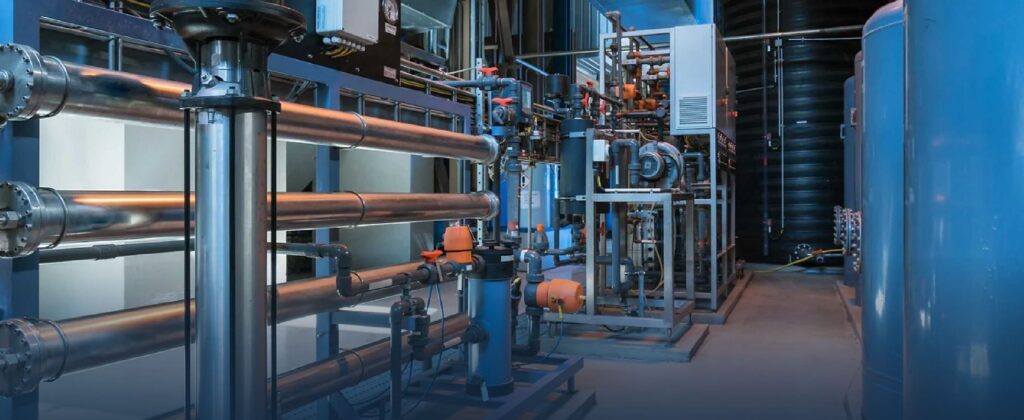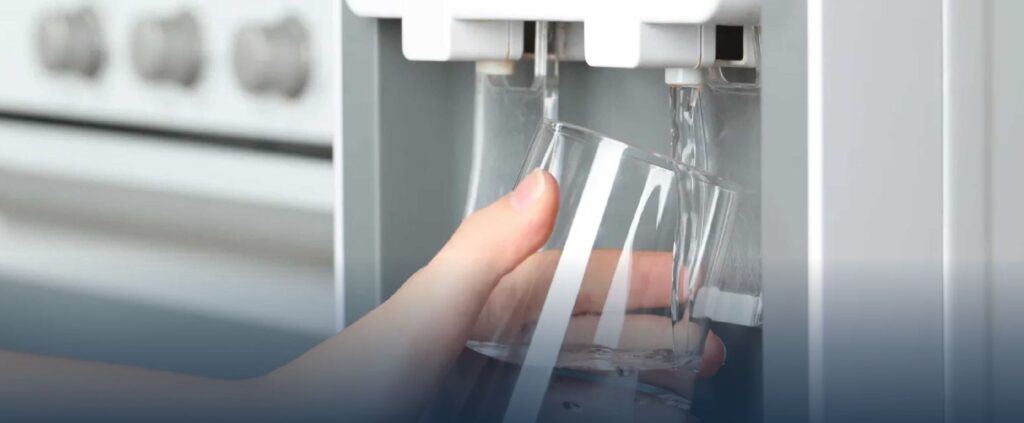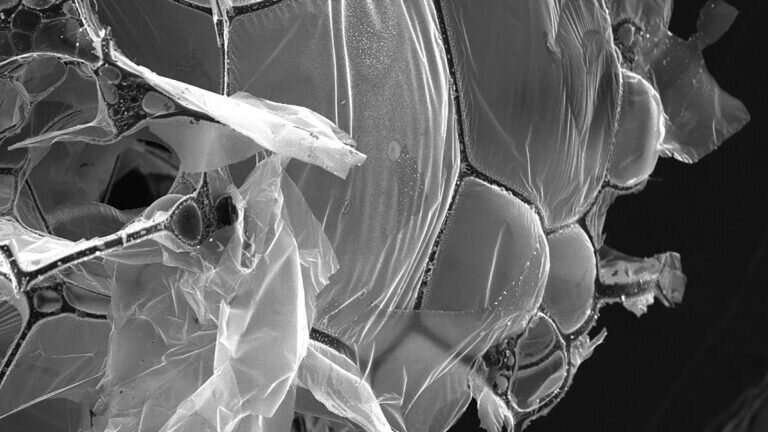Desalination of water is the process of removing salt and other minerals from brackish or seawater to create pure water fit for industrial, agricultural, and human consumption. Via physical or chemical means, salt and other minerals are removed from water during the desalination process.
Thermal distillation and membrane procedures are the two basic categories of desalination processes. In thermal distillation, seawater is heated to create steam that is then condensed to produce fresh water. Although this process is costly and energy-intensive, it successfully produces high-quality freshwater. On the other hand, semi-permeable membranes are used in membrane processes to extract salt and other minerals from the water.
The most widely used membrane technology for desalinating water is reverse osmosis (RO). RO involves applying high pressure to a semi-permeable membrane to pass water molecules through while keeping salt and other impurities from the seawater. The concentrated brine solution is then collected on one side of the membrane, and the purified water is collected on the other.
There are several crucial steps in the RO process. To start, suspended solids and big particles are removed from the seawater during pre-treatment. This pre-treatment may involve techniques including filtration, sedimentation, and chlorination. The semi-permeable membrane is then driven through by applying pressure to the seawater. Typically, cellulose acetate or thin film composite (TFC) are employed as the membrane materials in RO. These materials resist corrosion and fouling, two factors that might lessen the desalination process’ efficiency.
Two streams of water are created by the RO process: concentrated brine and cleansed water. For delivery to users, the filtered water is gathered and kept in a separate tank. The concentrated brine, which has significant salt and mineral content, is often dumped into the sea or into evaporation ponds. Brine disposal can have an adverse effect on the environment, especially if the concentrated solution is released in a region with poor water circulation or high levels of biological activity.
The quality of the salt water, the layout of the membrane system, and system upkeep are only a few of the variables that affect how effective the RO process is. Location, season, and weather all have an impact on the quality of the seawater. By clogging the membranes or lowering the quality of the purified water, contaminants like algae, bacteria, and organic debris can lessen the effectiveness of the RO process. To guarantee optimum performance and longevity, the membrane system must undergo regular maintenance and cleaning.
Although RO is the most used way of desalinating water, other membrane processes including nanofiltration (NF) and ultrafiltration can also be utilised (UF). These processes remove bigger particles including viruses, germs, and some chemical molecules by employing membranes with wider pores than those found in RO.
Desalination of water is essential for giving areas with water contamination or scarcity difficulties a reliable source of freshwater. For areas with scarce freshwater resources, such as coastal or dry areas, desalination might be especially crucial. Desalination has been increasingly popular recently, especially in the Middle East, North Africa, and Asia.
Desalination does, however, also have an effect on the environment through energy use, glasshouse gas emissions, and waste disposal. Desalination plants can use a lot of energy to run, especially if thermal distillation is used. The production of desalination energy using fossil fuels may increase glasshouse gas emissions and accelerate climate change. Brine disposal can have an adverse effect on the environment, especially if the concentrated solution is released in a region with poor water circulation or high levels of biological activity. Hence, it’s crucial to weigh the advantages and disadvantages of desalination and take other options into consideration.




